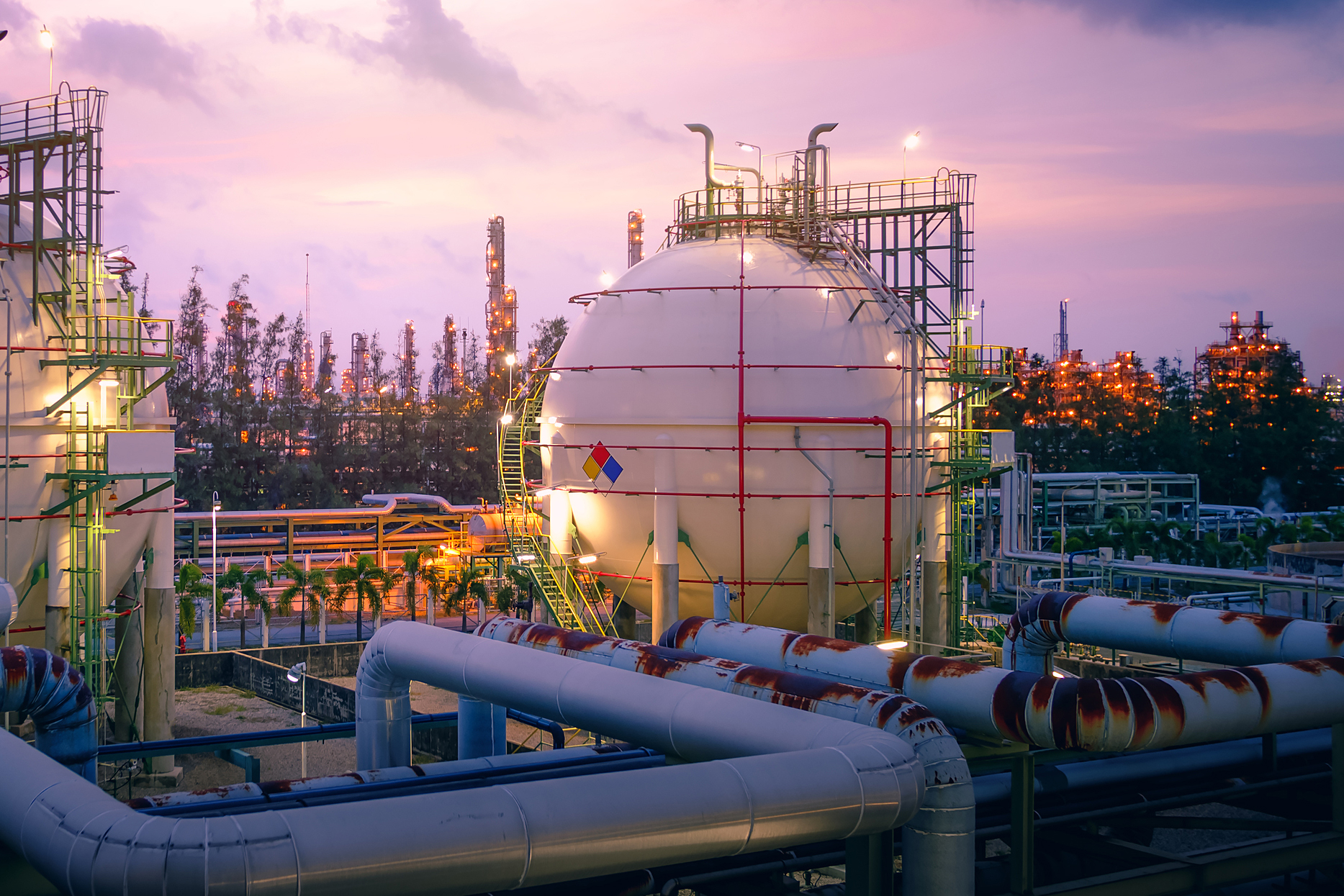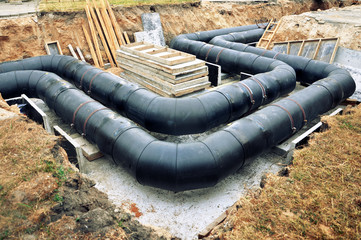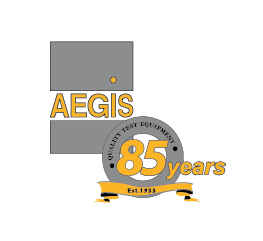Area testing, or coordinated testing within traction substation areas, is used to test mitigation systems.
This involves all structure owners and the traction operator in a co-ordinated test.
The aim of an area test is to minimise the effect of stray current on the underground metallic structures, while keeping the amount of stray current flowing within the earth to a minimum. This is achieved by adjusting the mitigation system in an attempt to make each test point on every structure being cathodic to the soil line.

Area testing is an important consideration in any mitigation system however takes a lot of time, typically weeks. This is due to balancing multi node separate networks such as gas, power, telecommunications and water in conjunction with the traction system, i.e. a rail or tramway network.
The data logging, data collection, analysis, rebalancing and subsequent repeats of this loop mean technicians spend days in the field in order to achieve an acceptable result.
DataScape and DataCell combine to reduce this time significantly. The ability to have the data logging, collection, and presentation automated result in the loop being reduced to a fraction of the previous time. The DataCell units collect the data continually and send the data at a rate you choose.
DataScape collates and presents the data automatically meaning all you need do is perform the analysis and determine the adjustment before analysing again. The time saving with the use of DataCell and DataScape means the payback is rapid.
Additionally, the reduction in health and safety risk for technicians is enormous.

When all structures in the area test are measured using the DataCell and DataScape system the benefits increase even more.
All of the various structure owners can work collaboratively on the one system agreeing on adjustment strategies and viewing the results in conjunction with each other creating the most efficient process available today.









